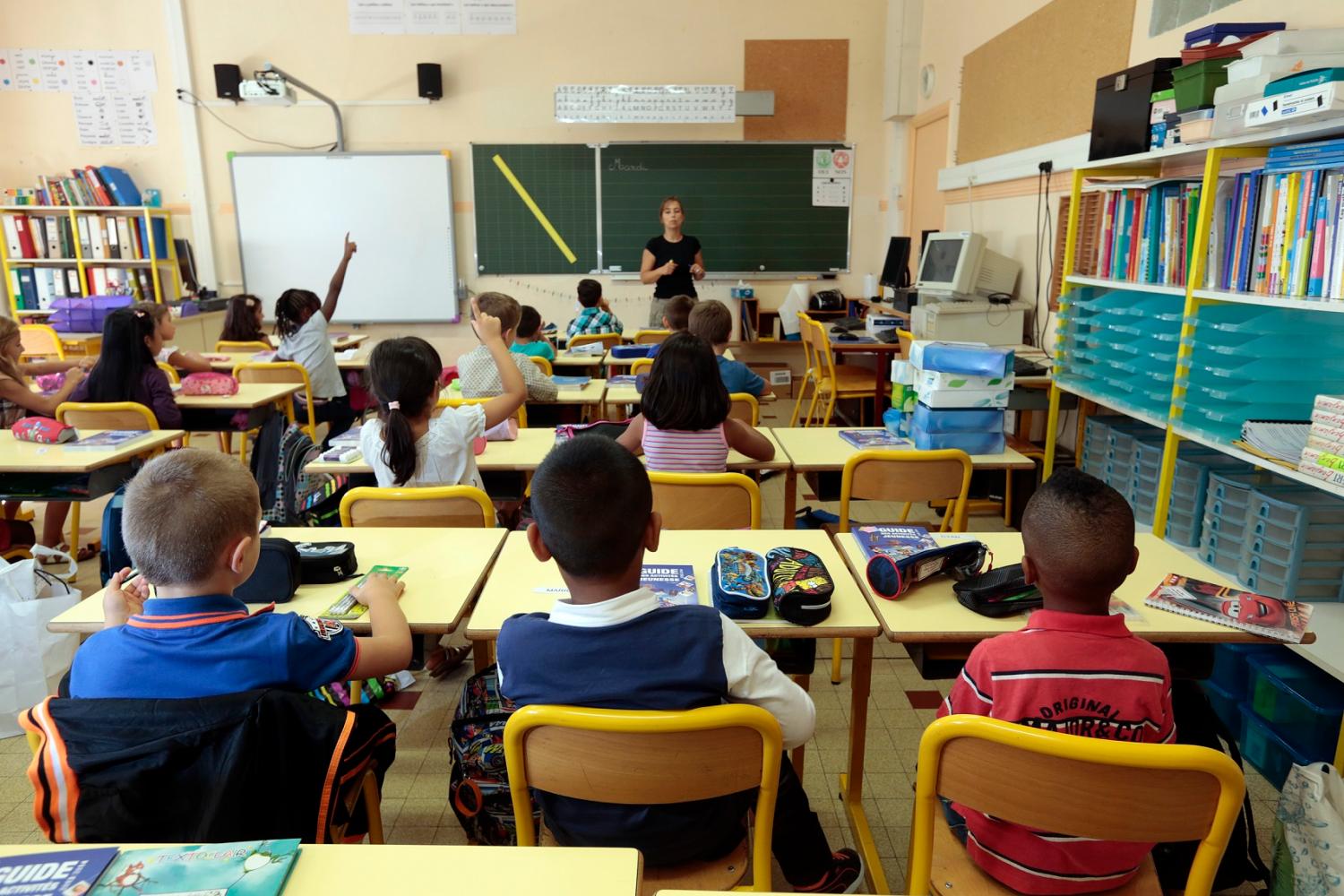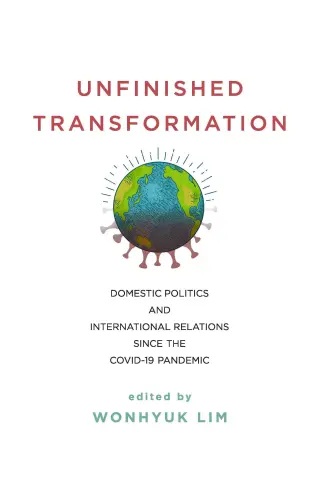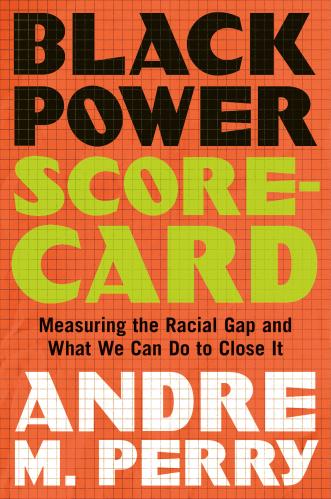Learning to read is one of the most important skills that a person can develop. Not only is literacy critically important in everyday activities, it is a linchpin for academic success. Given the critical role that literacy plays in the lives of both children and adults, many policymakers have made increasing childhood literacy rates a top priority. Many states now have in place a series of policies aimed at identifying and supporting struggling readers in early elementary grades.
Arizona is no exception to such policies. Indeed, the state has been getting national recognition for a collaborative, multifaceted statewide initiative targeting early childhood literacy. At the center of these early childhood literacy efforts is Read On Arizona, a statewide public/private partnership committed to improving language and literacy outcomes for Arizona’s children from birth through age eight. Our recent investigation with Read on Arizona revealed that of the many data points available to us, attending school regularly is consistently and significantly associated with higher rates of childhood literacy. Although this seems intuitive, our analysis suggests that for those looking to improve student learning, particularly as it relates to literacy, increasing attendance rates may be critical first step.
In order to help policymakers and practitioners focus their efforts towards improving literacy, Read On Arizona and its partner agencies gathered a wide array of data. The Arizona Department of Education, First Things First, Head Start, and the Arizona Department of Health Services collaborated on what became a rich dataset that included a variety of school-, district-, and community-level data. The assembled dataset included over 1,200 Arizona schools across four years and detailed information about health and community that are typically not available to educational researchers. This dataset presents a unique opportunity to better understand how a diverse set of factors is potentially influencing childhood literacy across the state. Given that policymakers and practitioners must often prioritize where to invest resources, our analysis can help focus their efforts on key interventions that are most likely to benefit students.
In this study, we aimed to identify policy-relevant community, district and school factors that are related to childhood literacy in Arizona. Though the data in this study are specific to Arizona, many of the challenges faced by Arizona are similar in states across the country. For example, in 2015, 38% of Arizona’s fourth graders fell below basic reading levels on the National Assessment of Educational Progress placing it only 6% below the national average. Further, Arizona is representative of many of the demographic shifts happening in states throughout the country. Arizona’s ethnically diverse student population, its large population of English language learners, and the growing number of children living in poverty make Arizona an ideal case for researching the important national issue of early childhood literacy.
In our analyses, we assessed the relationship between the percentage of students passing the Arizona Instrument to Measure Standards (AIMS) 3rd grade reading test at the school-level in 2013-2014 and a rich array of these other school, district, and community factors in our dataset. It is important to note that these analyses were not meant to determine the effectiveness of any one program or intervention. In fact, all of the variables that were included in our analyses have been identified previously as likely associated with childhood literacy or student learning, in general. At the same time, even our extensive dataset still does not include the rich individual-level factors that are critical in promoting early literacy, such as students’ experiences with learning activities outside of school and engagement with community organizations. Our goal was simply to identify those school and community factors with the strongest correlational relationships to early childhood literacy independent of all others in the analyses.
Although our analyses identified a handful of factors that likely influence 3rd grade literacy, two factors are especially salient. Specifically, we find that two independent measures of school-level attendance are predictive of 3rd grade reading achievement independent of all other variables in the analyses. We find that for a 1% increase in 3rd grade attendance rates, there is an average increase of 1.5% of students passing 3rd grade AIMS reading. Similarly, for a 1% increase in chronic absenteeism (i.e. the percentage of students who miss 18 or more days in a given school year), there is an average decrease of 0.3% of students passing 3rd grade AIMS reading.
Our initial analyses indicated strong relationships between these variables and 3rd grade reading achievement (see Figures 1 and 2). Even after accounting for the wide array of other variables in our data, these relationships remained significant. In other words, after we account for things like community poverty, charter status, children’s visits to the emergency room, kindergarten type, among others, we see that attendance is still able to account for a significant amount of variation in school-level reading scores. Although our analyses are not able to identify the causal mechanism underlying this relationship, it makes sense that students who regularly attend school are more likely to learn the content that is being taught.


These findings are supported by a growing body of research suggesting that addressing absenteeism may be essential to improving childhood literacy and student learning, more broadly. For instance, multi-year studies in Chicago and Baltimore show that chronically absent preschoolers are less likely to read proficiently by the end of 3rd grade and more likely to be retained in later grades. Further, students with persistent absenteeism in the sixth grade are at risk for not graduating from high school, and even for those students who are able to graduate from high school, chronic absence is associated with lower rates of college attendance and college graduation.
Given the important role that regular school attendance plays in student learning, increasing attendance rates should figure prominently in efforts to ensure that students are able to succeed academically. Indeed, others have recently drawn attention to this issue, including a recent report from the Hamilton Project, which argues that chronic absenteeism should play an important role as states design new accountability measures under ESSA.
Policymakers and practitioners are often faced with a variety of choices when it comes to ensuring that students reach their full academic potential. While it may be difficult to identify a single policy or package of policies that are likely to benefit students, our findings, along with a growing body of research, suggests that increasing attendance rates may be a good place to start.
The Brookings Institution is committed to quality, independence, and impact.
We are supported by a diverse array of funders. In line with our values and policies, each Brookings publication represents the sole views of its author(s).










